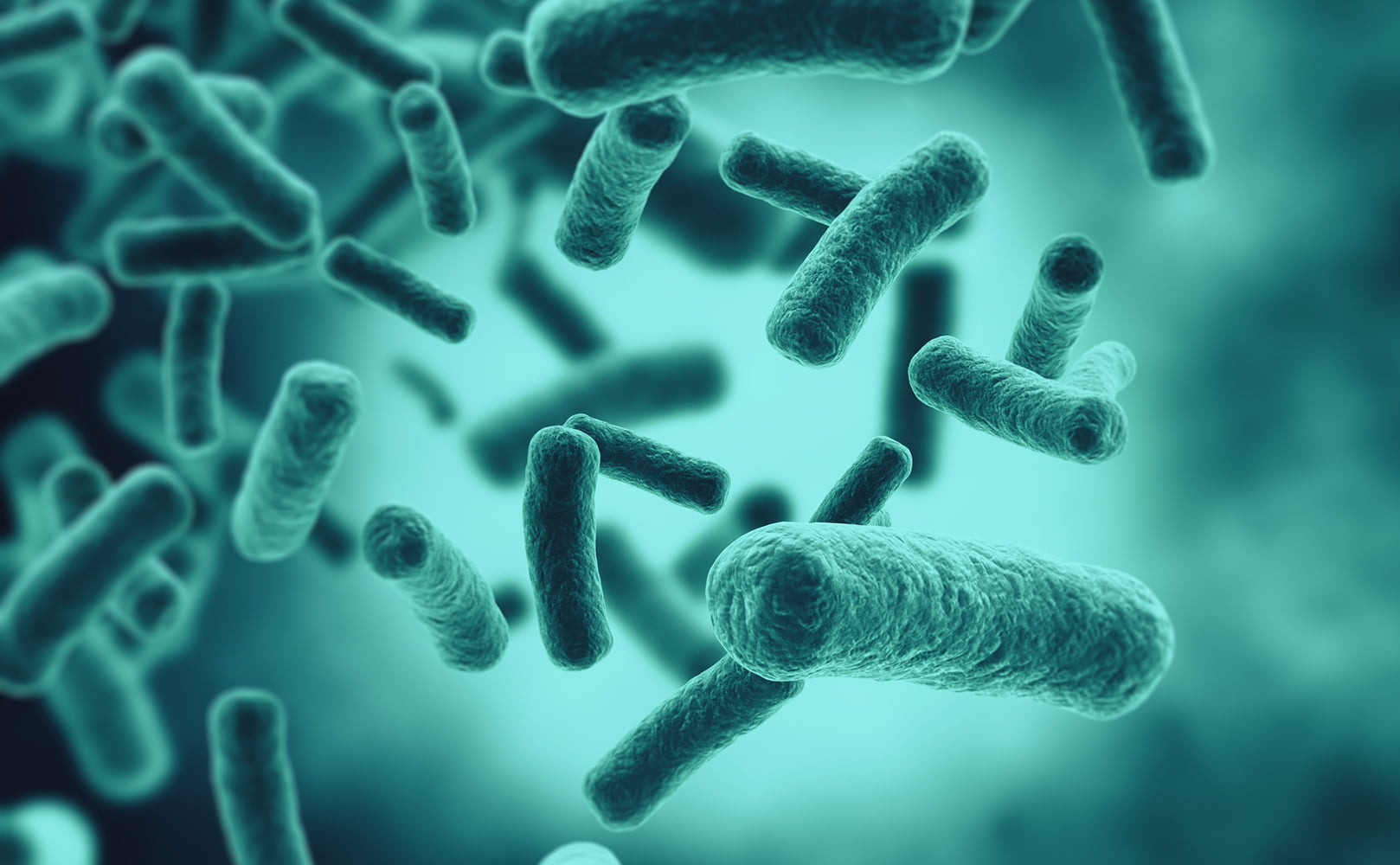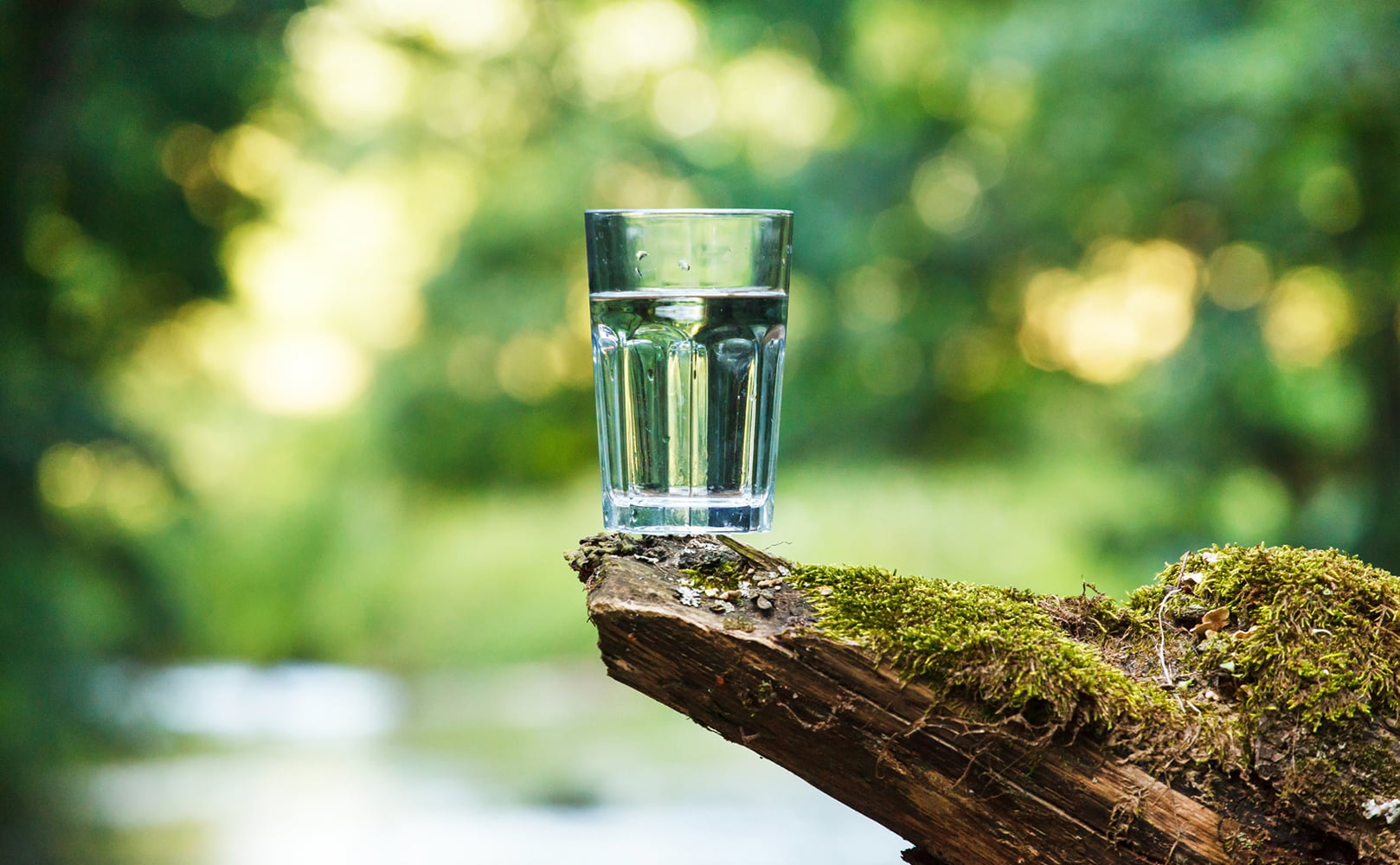Do UV Water Bottles Work? Let’s Find Out!
Written by: Gene Fitzgerald // Last Updated: Jan 4, 2023
This page may contain affiliate links. If you buy a product or service through such a link we earn a commission at no extra cost to you. Learn more.
What Is a UV Water Bottle?
UV water bottles have gained a lot of popularity recently. It’s a simple, but powerful concept that can help you improve the quality of your drinking water on the go. You may have a water dispenser with built-in purification capabilities at home, but if you are constantly on the go, that’s probably not enough.
You usually can’t get through a full day with just one bottle’s worth of filtered water that you brought from home, and you can’t trust all water sources when you need to get a refill.
A UV water bottle allows you to take your purification on the go, and it utilizes one of the most powerful methods for cleaning water on the market right now: UV-C light.
Key Takeaways
- UV water bottles work as UV light damages a pathogen’s DNA beyond repair, neutralizing up to 99.9999% of all microorganisms in your drinking water.
- The UV light comes from a built-in bulb that emits UV-C light throughout the entire bottle, purifying the water it contains.
How Do UV Water Bottles Work?
The basic idea behind a UV water bottle is simple. The bottle has a built-in UV light – usually built into the cap – which can be activated either manually, or automatically on a timer. The UV bulb emits UV-C light which spreads through the bottle, neutralizing any microorganisms and preventing them from reproducing.
So yes, a UV water bottle does work.
The Science Behind UV-C Light
UV-C light has been known for a long time to be a powerful tool in purifying water and surfaces. Most pathogens like bacteria are very vulnerable to UV-C light, as it damages their DNA beyond repair, and may also have a negative impact on their RNA. The final effect is that 99.9% of all microorganisms in your water are either killed or neutralized, making them completely harmless to you.
It’s important to note that UV-C light doesn’t physically destroy the bodies of bacteria, cysts, and viruses. They will still be lingering in your water after they’ve been killed.
Are UV Bottles Safe to Use?
A well-designed UV bottle is completely safe to use. It’s no different from a regular water bottle, with the addition of a UV light bulb for sterilization. As long as the light bulb (and the electronic system as a whole) is properly insulated and can’t come in contact with the water, there’s not much that can go wrong.
You just need to pay attention to the standard factors you’d look for in a regular water bottle. As long as it’s made of safe materials and doesn’t use any potentially harmful paints or other substances, a UV water bottle is more or less the same as a normal water bottle in terms of safety.
Features to Look for in a Self-Cleaning UV Filter Water Bottle
Quality Materials
The most important feature to look for in a self-cleaning UV filter water bottle is the build quality. Pay attention to the materials used, and look specifically for metal and BPA-free plastics. Glass is rarely used in these types of bottles because transparency can decrease their effectiveness (see the next point). You should ideally get a bottle that’s more durable than the typical water bottle you’d normally get, as you want to keep the UV light bulb as protected as possible.
Opaque Body
A UV filter water bottle works best when its body is completely opaque and doesn’t let any of the UV light out. This ensures that the light is confined inside the bottle’s interior and goes through as much of the water as possible. With a transparent bottle, most of the rays would escape before they can reach the bottom of the bottle, leaving a large portion of your water untreated.
Good Insulation
Check the insulation around the UV light bulb as well. You’ll want it to be completely separated from any water, otherwise the bulb will eventually get damaged and the whole bottle might need to be replaced. You also don’t want your water to come in contact with any electronic circuits for safety reasons. They could leave harmful residues.
Automatic Activation
Some UV water bottles feature an automatic self-cleaning mode which activates on a timer. This means that your water will regularly get purified without any interaction on your part. If you want to keep your experience as hassle-free as possible, this is a useful feature to have. Otherwise, you will constantly have to remind yourself to push the cleaning button.
Easy Access to Controls
Even with automatic self-cleaning, you will still want to trigger the UV purification manually from time to time. Make sure that the control panel (usually just one button in most models) is easy to reach and doesn’t require any annoying procedures like lifting a cover. It should also be easy to hold the bottle firmly while its purification is running, as you may need to shake it around for optimal effect.
How to Use
Using a UV purifier water bottle is simple – on most models, you just press the button and wait a couple of minutes. Shaking the bottle is recommended because it allows for a more even distribution of the UV light’s effects through the entire contents of the bottle.
Some UV purifier water bottles have several modes, usually activated by pressing the button in a specific sequence. For example, your bottle may feature a longer mode for deeper cleaning. Make sure to read the instructions carefully to get the most out of your bottle.
How Do I know It’s Working?
You generally won’t be able to tell the difference between purified and non-purified water when you’re using UV light. You also have to keep the bottle closed while it’s working, so don’t count on looking at the light bulb. Most models feature an integrated indicator that tells you if the bottle is currently working. Some may feature advanced sensors/timers that alert you if you need to run the purification again.
What Types of Water Can I Purify?
When using a UV purifier water bottle, you can generally purify water from any source. It doesn’t matter if it’s tap water, bottled water, water from a fountain or even water from a stream – as long as it’s clear enough, it can be purified by UV light. Clarity is the only factor that matters here, because particles can block UV light from passing through and reduce the effectiveness of your bottle.
Water that’s dirty to the point where you can see the contamination with the naked eye should never be consumed anyway. At least not with extensive additional purification which goes beyond the scope of what a UV purifier can do.
Pros and Cons of UV Water Filter Bottles
Pros
Bacteria-Free Water
Enjoy your water with no bacteria contaminating it. UV purification is a very effective method for sterilizing water of any volume, as long as the UV light bulb is powerful enough to reach all parts of the storage container.
Portable Purification
Bring your water purifier with you wherever you go! This is a significant step up from water dispensers with built-in purification, allowing you to enjoy safe drinking water wherever you are. If you’re regularly on the move and can’t verify the purity of the water sources you’re using, this can help you stay on the safe side with minimal effort.
Fast Operation
Press the button, wait a few minutes, and that’s it. Operating a UV water bottle is very simple and fast, making it perfect for situations where you need to urgently get your bottle refilled and ready for drinking. Perhaps you’ve been walking for a couple of hours without access to water and you’ve finally come across a public fountain. You will have access to safe, clean water almost immediately.
Cons
No Full Decontamination
UV purification is a great method for killing bacteria and other microbes (sterilizing a water supply), but it doesn’t fully decontaminate the water. It doesn’t physically remove any contaminants, so anything that doesn’t get killed by the UV light will still be floating around your water and potentially cause you harm.
But this is still a significant step up from drinking unpurified water. If you want to improve the quality of your drinking water at least a little bit when you’re on the go, this is a great option.
More Expensive Than Regular Water Bottle
This should be obvious, but still – be prepared to pay more for a UV filter water bottle compared to a regular one. The UV light bulb and its controlling electronics can add a lot to the price.
You should also account for some long-term expenses like replacing the bulb and recharging the bottle (or replacing its batteries, depending on how it’s designed).
If you have any questions about how UV water bottles work please don’t hesitate to leave a comment below!
Information provided on BOS is for educational purposes only. The products and services we review may not be right for your individual circumstances.
We adhere to strict editorial guidelines. Rest assured, the opinions expressed have not been provided, reviewed, or otherwise endorsed by our partners – they are unbiased, independent, and the author’s alone. We fact-check all content for accuracy. It is accurate as of the date posted and to the best of our knowledge.



